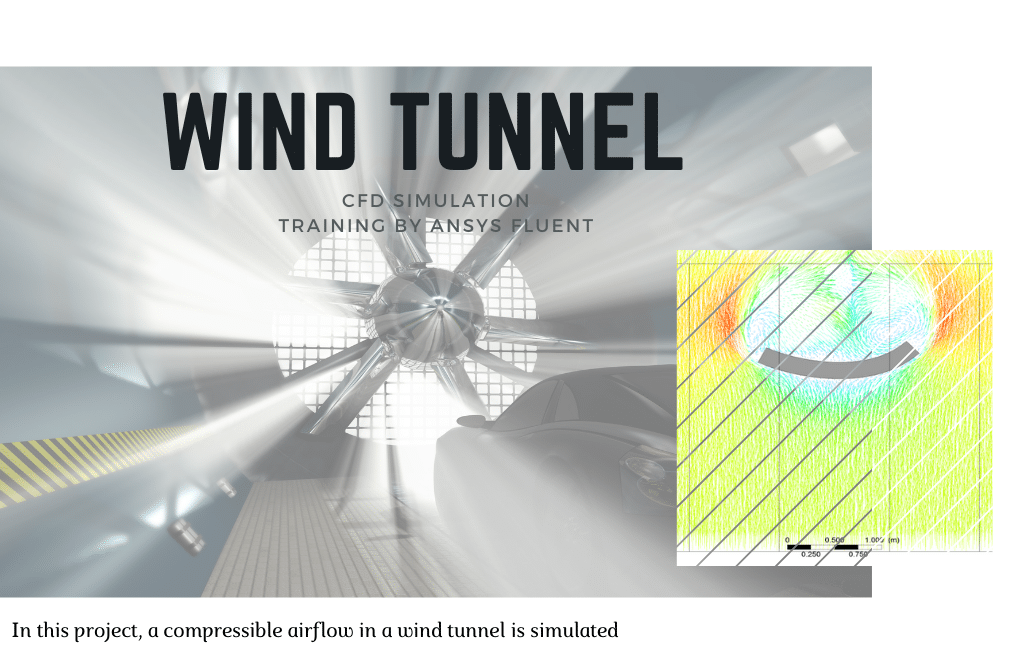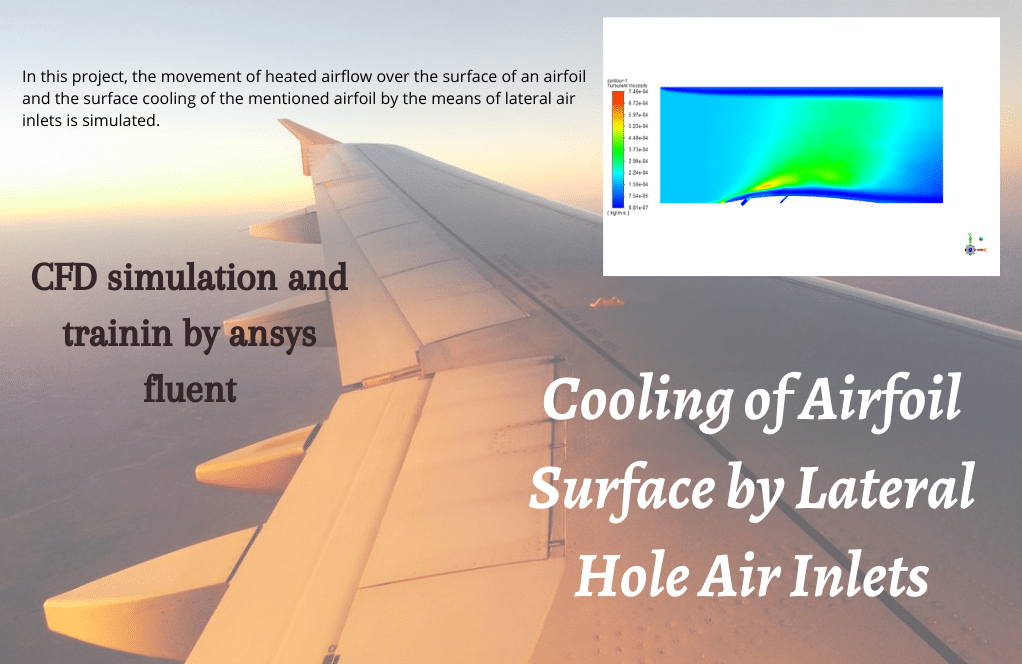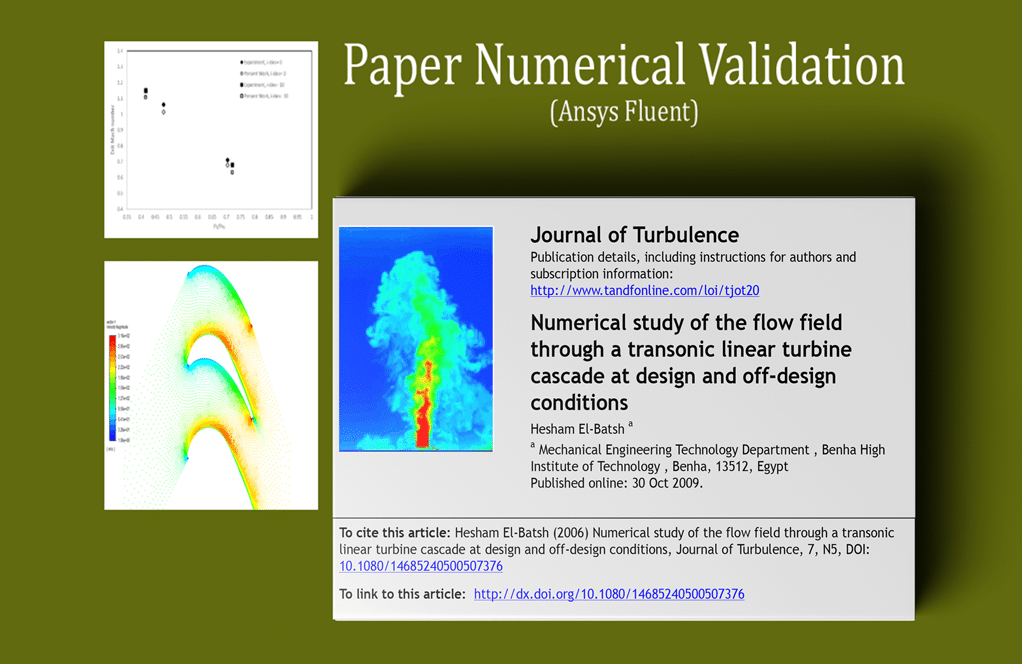Wind Tunnel CFD Simulation, Compressible Flow, ANSYS Fluent Tutorial
$100.00 $50.00 Student Discount
- The problem numerically simulates a wind tunnel using ANSYS Fluent software.
- We design the 3-D model by the Design Modeler software.
- We Mesh the model by ANSYS Meshing software, and the element number equals 179542.
- We use the Density-Based solver to define the compressible flow.
To Order Your Project or benefit from a CFD consultation, contact our experts via email (info@mr-cfd.com), online support tab, or WhatsApp at +44 7443 197273.
There are some Free Products to check our service quality.
If you want the training video in another language instead of English, ask it via info@mr-cfd.com after you buy the product.
Description
Description
In this project, a wind tunnel and a specific body that is placed inside it, are modeled by ANSYS Fluent software.
This project aims to investigate the drag force on this body. Geometry is designed in ANSYS design modeler® and is meshed in ANSYS meshing®. The mesh type is unstructured and the total element number is 179542.
The wind tunnel is one of the most widely used aerodynamic testing devices today. Among the many experiments that can be performed in wind tunnels, we can mention the testing of various structures, including various types of airfoils, planes, static structures, etc.
The purpose of these experiments is usually to investigate the aerodynamic conditions and visibility of the flow lines.
The free fall test can also be performed in a tunnel to examine the effects of airflow on a falling object. Due to the importance of the effects of the forces, including drag, on the body, the calculation of these forces is important, which can be calculated with the help of CFD.
Wind Tunnel Methodology
The energy model due to the compressible flow solver (density-based) is activated in this simulation.
Wind Tunnel Conclusion
We have obtained the contours of velocity, pressure, temperature, etc. for different inlet Mach numbers at the end of the solution. The velocity vectors show the formation of separation vortices behind the tunnel.
Also, due to the separation, the flow turbulence behind the tunnel is considerable and greater than in other parts of the computational range.













Malinda Borer –
Can this simulation handle different sizes or types of wind tunnels?
MR CFD Support –
The simulation is highly customizable and can be adapted to various sizes and types of wind tunnels.
Josefina Hansen –
Can this simulation model the effects of different Mach numbers?
MR CFD Support –
Yes, the simulation can be adjusted to account for different Mach numbers, which significantly affect the behavior of compressible flow.
Melissa Beatty –
How does the simulation model the effect of the tunnel geometry on the flow behavior?
MR CFD Support –
The simulation uses a sophisticated model to accurately capture the effects of the tunnel geometry on the flow behavior.
London Baumbach –
This wind tunnel simulation tutorial was comprehensive and enlightening. Understanding drag force on structures is crucial, and being able to visualize separation vortices with velocity vectors benefited me greatly in my aerodynamics project.
MR CFD Support –
Thank you for your positive feedback. We’re glad to hear that our wind tunnel simulation tutorial was valuable for your aerodynamics project and you found the visualization of flow phenomena helpful. Your success with the project is our greatest reward. If you have any more inquiries or need further assistance, feel free to reach out to us!
Haskell Armstrong –
Fabulous resource! The velocity vector visualizations were particularly insightful. It was fascinating to see the separation vortices and the level of detail in the compressible flow around the model. This really helps in understanding the intricacies of aerodynamics in a wind tunnel setup.
MR CFD Support –
Thank you for your positive feedback! We’re delighted to hear that the wind tunnel CFD simulation and its detailed visualization of velocity vectors are proving to be helpful and informative for your understanding of aerodynamic principles. We appreciate your recognition of our efforts to provide a clear and detailed analysis of compressible flows.
Dr. Candido Raynor MD –
I was fascinated by the results! It’s incredible how the simulation manages to illustrate the formation of separation vortices clearly. Could you expand on how accurately the CFD model predicts the size and location of these vortices compared to real-world physical wind tunnel tests?
MR CFD Support –
Thank you for your kind words! The CFD simulations using ANSYS Fluent are quite advanced and capable of predicting flow phenomena like separation vortices with high precision. However, the accuracy largely depends on the quality of the mesh, the suitability of the turbulence model employed, and how well the physical boundary conditions are defined. In ideal scenarios, the CFD model aligns closely with wind tunnel experiments, still occasional validation with physical tests is recommended for critical applications to ensure reliability.
August Hickle –
The clarity and depth of information in this tutorial are exceptional. Learning how to calculate drag on various bodies in a wind tunnel with ANSYS Fluent has been a game-changer for my aerodynamics projects. The results were incredibly detailed, and the tutorial made the complex subject matter approachable. Well done!
MR CFD Support –
Thank you for your kind words! We are thrilled to hear that our Wind Tunnel CFD Simulation tutorial was helpful to your aerodynamics projects. We strive to provide clear and in-depth insights to make even complex subjects more accessible. Your success is our reward. We look forward to continuing to support your learning and professional growth. If you have any further questions or require more tutorials, please don’t hesitate to reach out.
Maria Kiehn –
Really impressed by the level of detail in this CFD study. Great insights on the impact of airflow on structures.
MR CFD Support –
Thank you for your positive feedback! We’re glad to hear that you found the study detailed and insightful. Understanding airflow impact is crucial, and we’re thrilled that this simulation was able to provide you with the information you needed.
Tia Quitzon IV –
How can we model the effect of temperature on compressible flow?
MR CFD Support –
The simulation includes a model that accurately captures the effects of temperature on the behavior of compressible flow.
Xander Medhurst –
I just finished going through the Wind Tunnel CFD Simulation tutorial, and I am amazed at how detailed the animations of the airflow patterns were. Not to mention, the velocity vectors really helped me understand the vortices formation. Super helpful for visualizing complex flow fields. Well done!
MR CFD Support –
Thank you for your feedback! We are thrilled to hear that the tutorial met your expectations and that the animations and vectors brought clarity to the understanding of aerodynamic flow fields. We appreciate you taking the time to let us know. If there is anything more we can facilitate your learning with, please don’t hesitate to reach out!